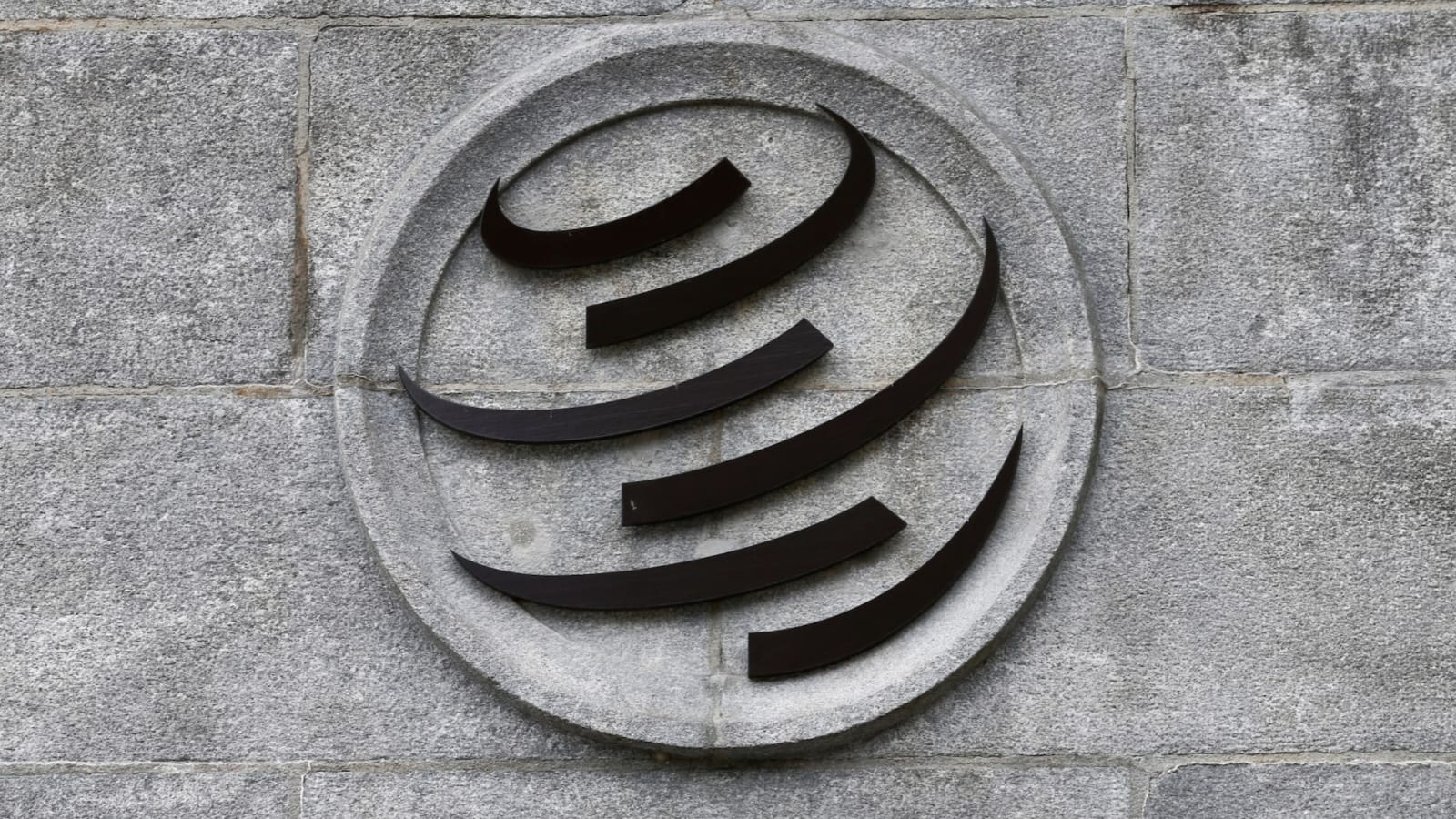India’s EOS-09 Launch: Strategic Satellite Liftoff on May 18

India’s space exploration efforts are once again under the spotlight as the Indian Space Research Organisation (ISRO) prepares to launch the EOS-09 satellite on Sunday, May 18. This radar imaging satellite, considered strategic in nature, will be carried aboard the PSLV-C61 rocket from the Satish Dhawan Space Centre at Sriharikota. The launch is expected to take place at 5:59 AM, Indian Standard Time. Despite the recent tension and subsequent ceasefire agreement between India and Pakistan, ISRO has clarified that the timing of this satellite launch is purely coincidental.
Space missions, especially those involving satellites of this complexity, require long-term planning, assembly, and approvals. The PSLV-C61 rocket, which will lift off on May 18, has been under assembly for over a month, and preparations for this mission began as early as mid-March. The development of the EOS-09 satellite itself spans more than a year, indicating that the ongoing regional situation has had no influence on the timing of this operation.
What Is EOS-09 and Why It Matters Strategically
The EOS-09 is a radar imaging satellite, formerly referred to as RISAT. This satellite is capable of imaging in both day and night conditions and can capture visuals through cloud cover and in varied weather scenarios. Such capabilities make it valuable for both civilian and strategic applications. With a weight of approximately 1,700 kilograms, it is being launched for Earth observation purposes under ISRO’s newer naming convention, where all Earth-imaging satellites are now grouped under the “EOS” (Earth Observation Satellite) label.
Satellites like EOS-09 are particularly useful for surveillance, border monitoring, disaster management, and agricultural planning. In the case of strategic use, the satellite’s advanced imaging capabilities enable it to observe terrain, troop movements, and infrastructure across difficult-to-access regions. The ability to see through adverse weather and nighttime darkness enhances its utility for various government agencies and departments.
India’s Expanding Satellite Portfolio for Multiple Purposes
India currently operates a diversified fleet of satellites serving both strategic and civilian purposes. This includes well-known series such as Cartosat, RISAT, and EMISAT. Alongside Earth observation satellites, there are also communication satellites like GSAT-7 and GSAT-7A, which specifically cater to the Indian Navy and Air Force respectively. These satellites contribute to strengthening India’s communication infrastructure and strategic command capabilities.
ISRO’s efforts over the years have ensured a steady buildup of space-based resources. At present, there are approximately 55 active Indian satellites in orbit that support a range of tasks including weather forecasting, communication, navigation, remote sensing, and surveillance. This diversified portfolio provides a technological edge and supports various sectors from defense to disaster relief.
Parliamentarians to Witness the Event at Sriharikota
Adding to the significance of the launch, a group of 40 Indian Members of Parliament will be visiting the Sriharikota launch site to witness the mission. These lawmakers are part of the Parliamentary Standing Committee on Science and Technology and are scheduled to observe the liftoff in person. Their presence highlights the growing interest and involvement of political representatives in India’s space program.
The MPs will be on a four-day tour across the southern Indian states of Tamil Nadu and Andhra Pradesh, from May 16 to 19. Their itinerary includes visits to several government establishments, reflecting the broader engagement with scientific and technological institutions. They are expected to arrive in Chennai on May 15 before proceeding to Sriharikota for the launch event.
The involvement of lawmakers is a noteworthy gesture, symbolizing the democratic endorsement of space science and research. It also reflects efforts to bridge the gap between scientific communities and policymakers, potentially leading to more robust support for space initiatives in future government planning and budgeting.
Satellite Development Depends on Strategic Approval and Funding
While the potential of space technology in national security is widely acknowledged, ISRO cannot independently initiate the development and launch of such strategic satellites. All satellite projects require clearance and budgetary support from the concerned ministries. Surveillance satellites, for example, need approval from the Ministry of Defence, while satellites related to meteorology must be sanctioned by the Ministry of Earth Sciences.
This system ensures that each satellite has a clearly defined purpose and that its development is aligned with national priorities. Once the relevant ministry or department determines the need for a satellite, they allocate the funds and place formal requests with ISRO. Only then can the process of building and launching the satellite begin.
This structure also emphasizes accountability, ensuring that public resources allocated to space missions are aligned with policy goals. Such oversight maintains a balance between technological advancement and practical necessity, particularly when it comes to using space assets for strategic or security-oriented tasks.
Post-Terror Attack Vigilance and the Role of Space Technology
Following the tragic April 22 terror attack in Pahalgam, Jammu and Kashmir, ISRO Chairman Dr. V. Narayanan reiterated the need for stronger surveillance infrastructure. He advocated for the launch of 100 to 150 satellites to maintain a 24/7 watch over India’s extensive borders and coastline. This statement underscores the potential of space technology in national security, especially for real-time situational awareness.
India’s 7,500-kilometer coastline and 15,000 kilometers of land borders present unique monitoring challenges. Satellites such as EOS-09 are instrumental in this context, offering high-resolution, real-time data that can help defense and intelligence agencies detect anomalies or threats. However, as emphasized earlier, such missions require coordinated planning and budgetary commitment across different government departments.
While Dr. Narayanan’s vision of hundreds of satellites may appear ambitious, it aligns with the global trend where many countries are increasingly turning to space assets for national security and disaster response. In the years to come, India’s satellite fleet may expand significantly, provided strategic needs and political will align.
Civilian and Dual-Use Applications of Imaging Satellites
Though EOS-09 is strategically significant, it is also a reminder that most imaging satellites are inherently dual-use. Satellites equipped with cameras and imaging equipment serve a wide range of civilian purposes. These include land mapping, resource assessment, urban planning, climate monitoring, and agricultural forecasting.
For instance, in a country like India, where agriculture employs a substantial portion of the population, satellites can offer valuable data on crop health, soil moisture, and rainfall distribution. Urban planners rely on high-resolution satellite imagery to design infrastructure, monitor environmental changes, and manage population growth.
As cities expand and environmental concerns grow, Earth observation satellites play a critical role in sustainable development planning. The same satellite that scans for troop movement across borders can also help assess flood damage or identify forest encroachment. This duality enhances the value proposition of each mission, justifying the investment from multiple sectors of governance.
A Launch Representing Technological Progress and Policy Synergy
The upcoming launch of EOS-09 represents more than just a routine space mission—it is a convergence of advanced technology, long-term strategic planning, and democratic participation. The presence of Indian lawmakers at the event further emphasizes the role of space exploration as a national enterprise, one that involves scientists, policymakers, and citizens alike.
India’s journey in space has been marked by precision, planning, and innovation. ISRO’s ability to design, build, and launch complex missions on limited budgets has earned global admiration. As the nation continues to expand its satellite capabilities, such events demonstrate how science and governance can work together to meet national goals.
Whether it’s enhancing security, aiding disaster response, or improving crop productivity, satellites like EOS-09 play a pivotal role. As India aims for a greater footprint in space, missions like the one on May 18 set the tone for a future where outer space is an essential part of everyday life on Earth.







